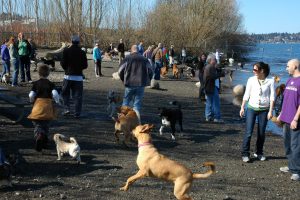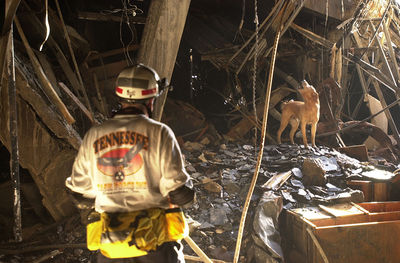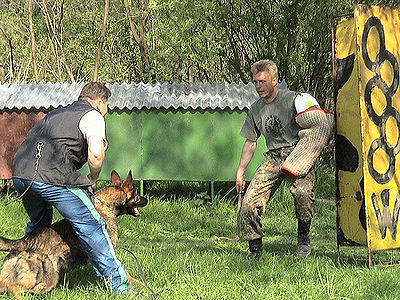 We all picture our dogs tail flying in the wind, ears flapping, mouth smiling in happiness by our side as they run free without restraints. It’s a picture of total joy and freedom. But we must choose the right situations to allow them this freedom. We must be careful to select the safest place for them to run free. And we want our dogs to reliably respond when we call them.
We all picture our dogs tail flying in the wind, ears flapping, mouth smiling in happiness by our side as they run free without restraints. It’s a picture of total joy and freedom. But we must choose the right situations to allow them this freedom. We must be careful to select the safest place for them to run free. And we want our dogs to reliably respond when we call them.
Here are some training tips I gleaned from an article by Mardi Richmond, dog trainer and author of books about dogs.
The first thing to remember is to use caution when training your dog off-leash. There are triggers that can make the best trained dog take off on his/her own such as sighting a prey animal, sudden loud noises, even the wind blowing leaves around. Learn what your dog’s limits are and try to condition him/her to these sensitivities. Some dogs are not reliable in certain situations, so unless you are in an area that is safe and secure, keep your dog on-leash.
Getting started off-leash:
Begin training your dog without a leash in your home, moving to the fenced backyard. When your dog responds perfectly, move to the fenced front yard where s/he will encounter distractions. Then you and your pal are ready for a secure dog park. This will take time, so don’t move forward until your dog responds perfectly.
Use a clicker to train your dog along with several different favorite rewards which will help keep your dog interested.
If your puppy or grown dog doesn’t understand “come”, use your clicker and when s/he moves toward you, use a word such as “yes”. Click and toss the treat so that your dog understands s/he must come to you first. Start using the word come when your dog responds consistently.
Practice, incorporating play into training. Practice for short periods of time several times daily. Choose safe areas where there are distractions, but at quiet times at first.
If your dog too often runs the other way at your recall, retrain using a different word.
Training ideas for your dog are limitless – teaching to go around an object, learning left and right, using objects to target creating distance between the two of you, making a game of finding an object and more.
An important behavior to teach your dog off-leash is “leave it.” You don’t want your dog eating garbage or annoying other people and their dogs.
Another very important signal for your dog to learn is the distance down. You want your dog to understand the down perfectly in case s/he wanders away, then sees you and wants to race toward you. There may be traffic heading your way and this can be a lifesaving situation. Once your dog knows the down command when s/he is near you, begin training increasing the distance between you. Teach your dog hand signals as well.
As we said earlier,know your dog’s limits as in certain situations, it will be best to keep your dog leashed to save grief for both of you.



